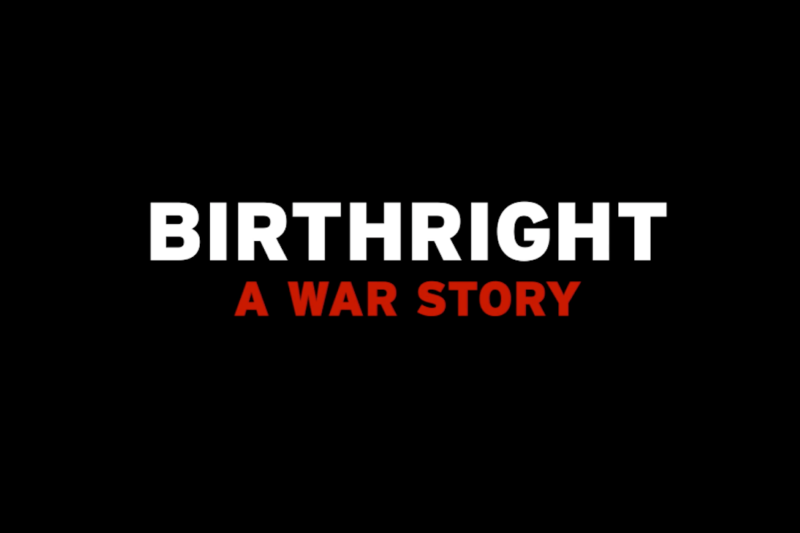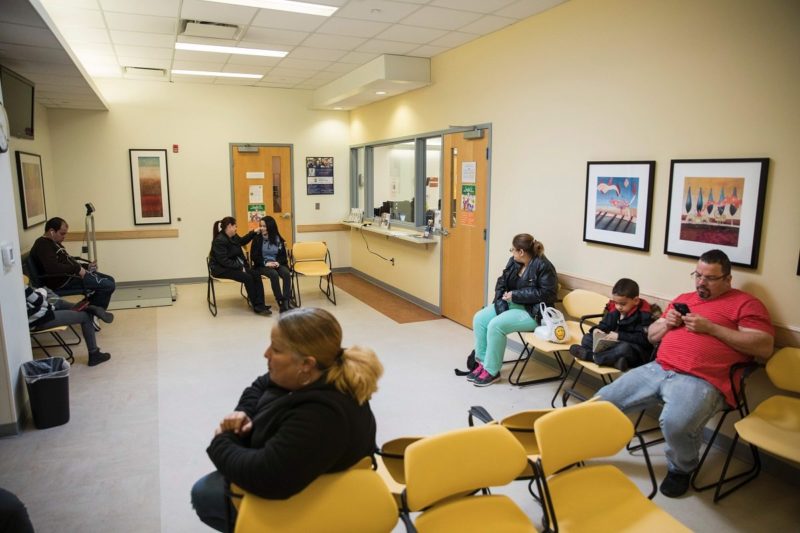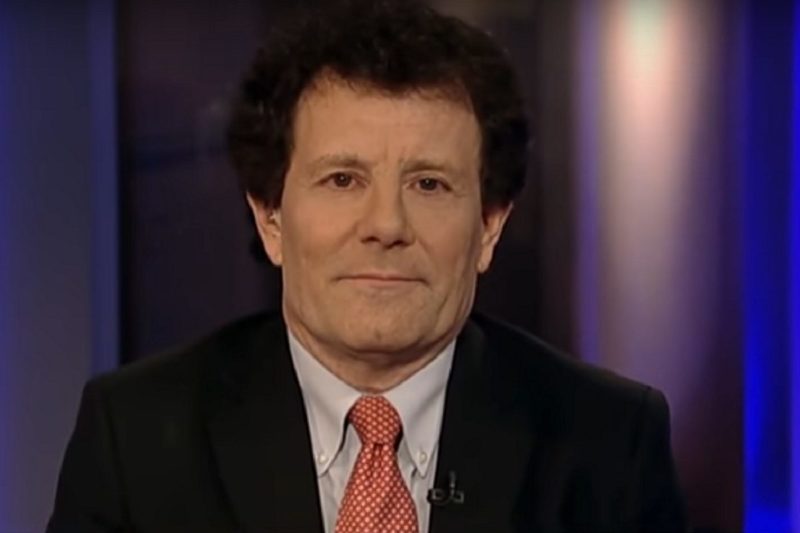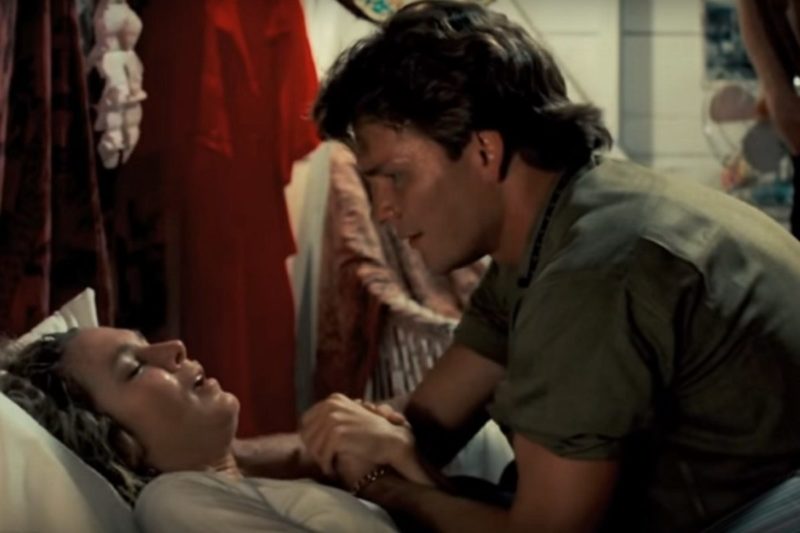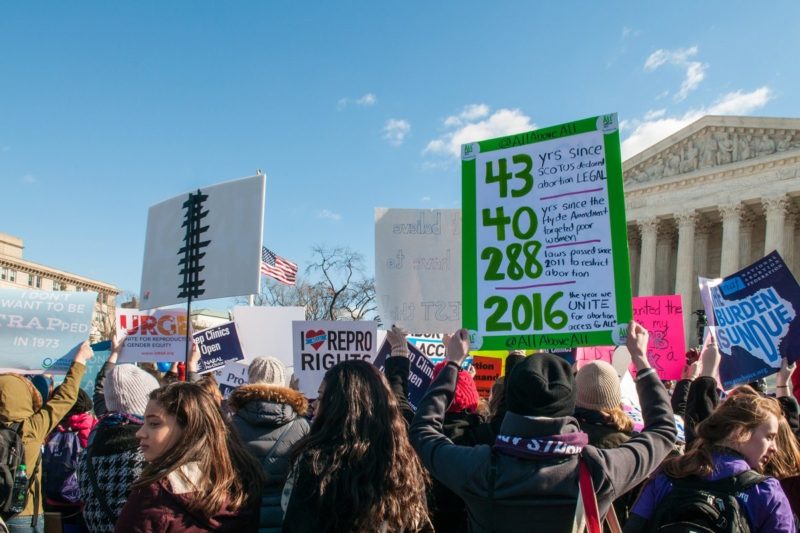
Steph Herold
Sea Change Program
Steph Herold, MPH, is an award-winning activist and social scientist with a background in abortion care, abortion funds, and reproductive health advocacy. She is a co-founder and former co-director of one of the leading abortion stigma reduction organizations in the United States, the Sea Change Program. Steph is a recognized expert on abortion access, appearing in various media outlets including the Melissa Harris-Perry Show. She currently serves on the Advisory Board of Reproaction. Her past board experience includes serving on the Board of Directors of the New York Abortion Access Fund for three years, the Steering Committee of the International Network for the Reduction of Abortion Discrimination and Stigma for two years, and on the ACCESS: Women’s Health Justice Board of Directors for one year. Steph lives in Brooklyn, New York, with her husband and dog. You can follow her on Twitter at @StephHerold.

![[Photo: Abby Johnson (played by actress Ashley Bratcher) cares for a group of women in pain during a scene from the movie Unplanned.]](https://rewirenewsgroup.com/wp-content/uploads/2019/04/Unplanned_shocker_2-800x533.jpg)



